Table of Contents Show
American film and the high school experience continue to be synonymous with Prom; iconic cult classics such as Carrie (1976; De Palma, Brian), 10 Things I Hate About You (1999; Junger. Gil), Mean Girls (2004; Waters, Mark), She’s All That (1999; Iscove, Robert), American Pie (1999; Weitz, Paul), and Pretty In Pink (1986; Deutch, Howard) have all set the expectations as to what this magical night should entail.

Serving as a model, Pretty In Pink and She’s All That are famous films that represent the various cliques and supposed end of high school traditions. Innocence and the transition to adulthood from adolescence are common themes that mark a character’s final development in many coming-of-age films. These films depicted Prom through a journey, and the sense of nostalgia that follows has maintained the end-of-the-year event to this day.
The various pop culture references and media surrounding Prom have created expectations and simulacrum associated with the concept of teenagedom for decades. While Prom is a celebration of youth, a film’s simulacrum of a “typical teen experience” highlights problematic standards held in America.
The Origins Of Prom — Debutante Balls & Their Influence
Proms originally derived from debutante balls held in the 19th century by the wealthy and elite Ivy League universities as a way to promote “etiquette and good manners” important for adulthood. 1Barshai, R. The History of Prom in America. The Science Survey. 2022, July 21. During the 1950s, Prom increased in popularity along with the rise in high school enrollment and the rising middle-class,2Maddeaux, S. While teens might think they’re fighting tradition and consumerism, today’s proms are as conforming and expensive as ever. National Post. 2018, May 11.3 in addition to a new focus on the teen demographic. Students convinced adults that the formality and the activities a part of Prom were a way of preparing for adulthood.
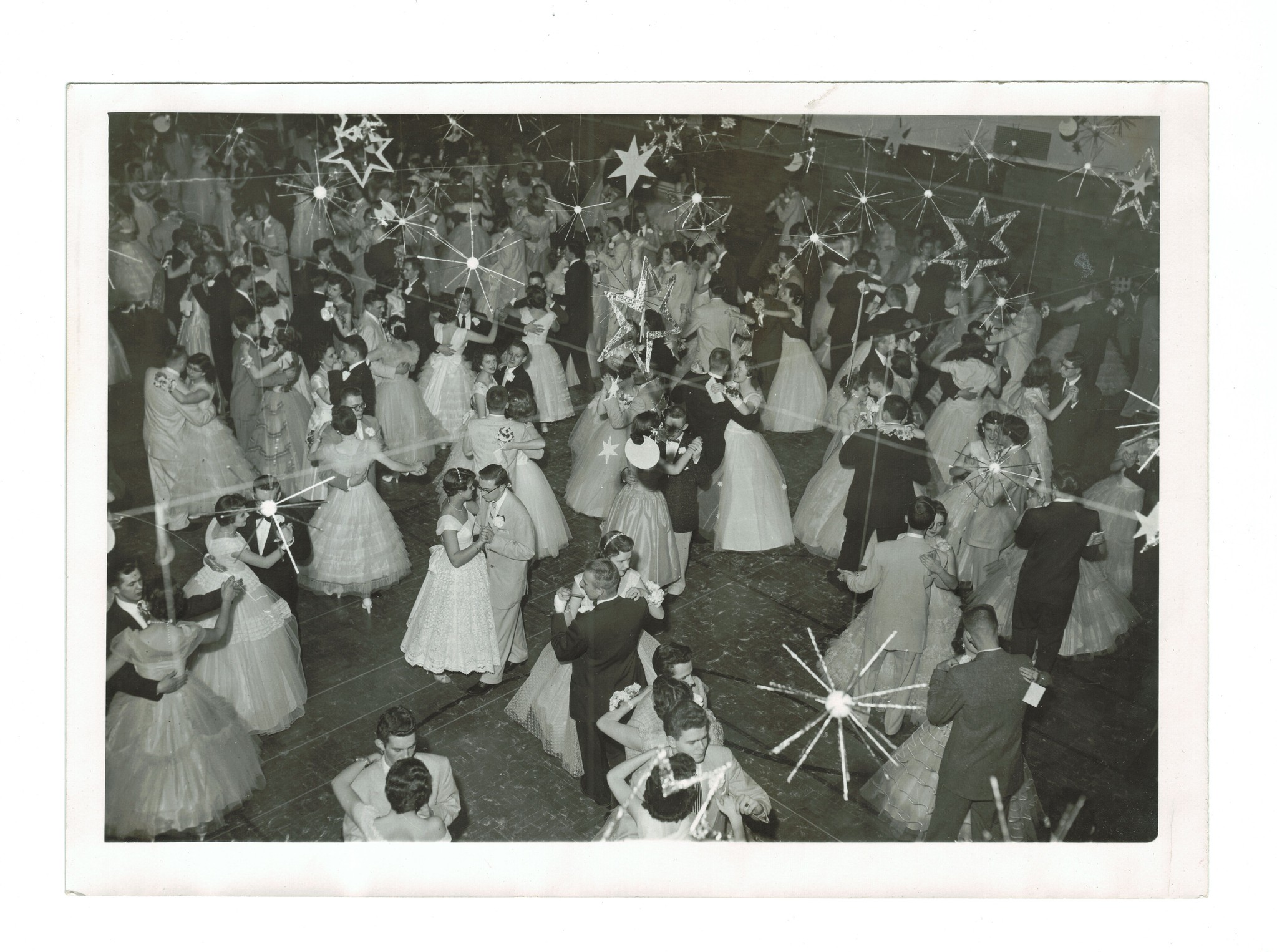
Social mobility and opulence were key motivations for holding early proms in universities. For example, in the 1880s4Chen, C. Prom: How a High School Ritual Brought Youth Closer to Adulthood, 1890-1970. UC Berkeley. 2012. men at Yale would make efforts to outdo each other when gifting bouquets of flowers to their guests. Although attendance at Prom and similar events for students decreased in the 1920s and early 1930s, post-WWII the GI Bill5Chen, C. Prom: How a High School Ritual Brought Youth Closer to Adulthood, 1890-1970. UC Berkeley. 2012.6 would increase socioeconomic diversity in secondary and post-secondary institutions in the 1950s.
Counterculture movements occurring during the 1960s and 1970s would reduce the popularity of Prom. But by the 1980s, a period of marked extravagance, Prom rose again in popularity along with Hollywood films featuring the event.7Maddeaux, S. While teens might think they’re fighting tradition and consumerism, today’s proms are as conforming and expensive as ever. National Post. 82018, May 11. 9 Prom would become central for coming-of-age movies.
Since the reasoning behind it has highlighted its importance for adulthood and social skills needed to mimic the upper class, Hollywood coming-of-age films have been able to carry and emphasize the significance of this goal throughout the decades and today’s zeitgeist.
Economic Factors & Social Status
Teen movies often focus on household income and how lower classes deviate from what the “typical teen” Prom experience is an underlying theme. One example is Pretty In Pink; it addresses how the main female protagonist, Andie, stands out from the upper-class students in her high school. Andie’s lower socioeconomic standing makes it difficult for Blane to ask her out to Prom.
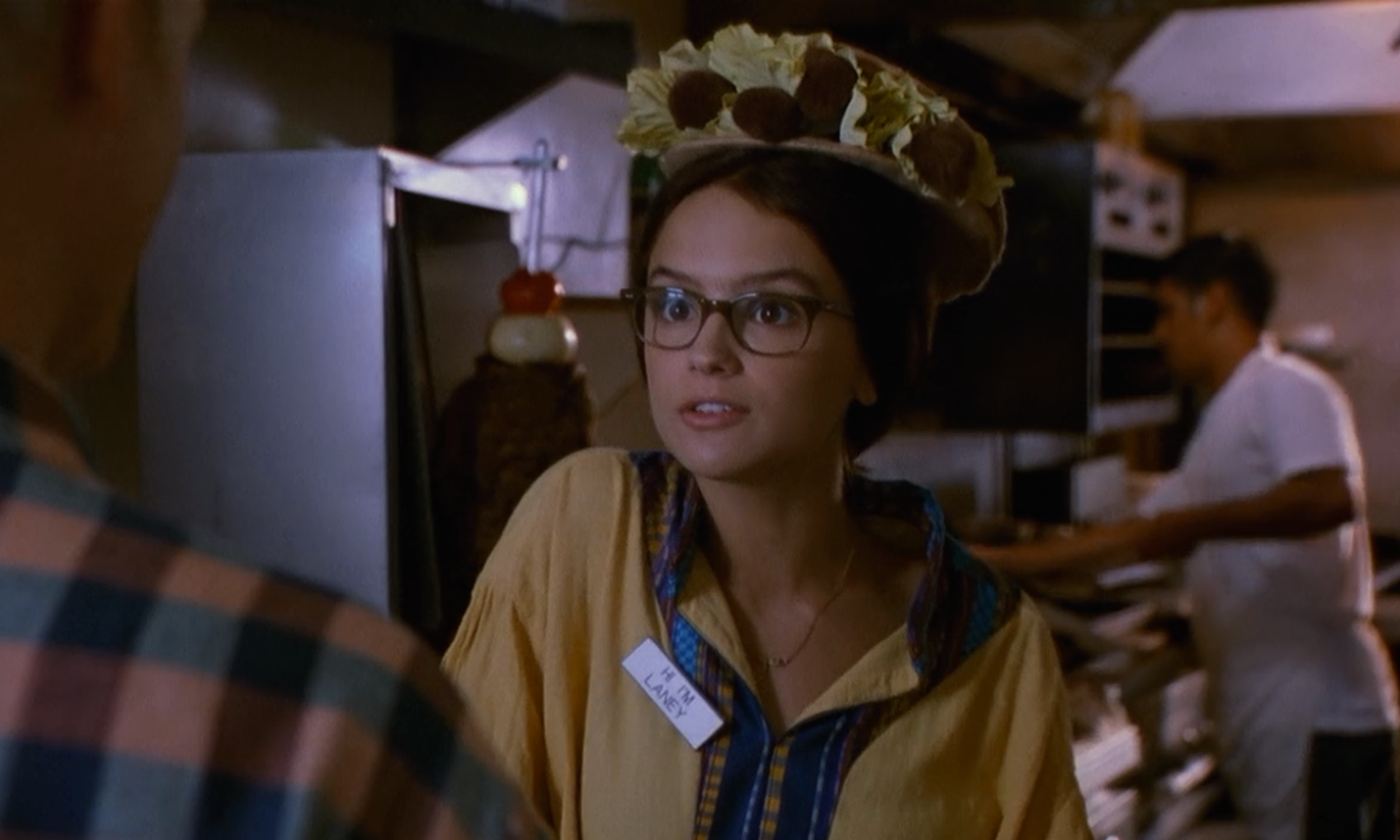
Throughout the movie, her attire and attitude serve (for the most part) as a criticism of the ongoing history behind the extravagance of Prom. Similarly, Zack, the main character in She’s All That, in contrast with his love interest, Laney, is branded as a wealthy popular jock; while Laney is a middle-class artsy outcast.
Working part-time, driving an old car, and shopping at a thrift store is typical for many teens; yet, these films depict working-class individuals as unsuccessful, whereas coming from “old money” is depicted as a reality that many individuals strived for because having a large amount of inherited money signals economic freedom and happiness. Therefore, the desirable lifestyle of the upper class and Prom’s roots in luxury are inseparable.
Key Elements Of Prom — Cliques
The jocks, the nerds, the cheerleaders, and the outcasts are all stereotypical labels held by characters in films. With popular students often being conventionally beautiful and wealthy, teens who deviate from these characteristics are categorized into social groups considered lower in status.
Therefore, in order for characters to succeed these movies suggest mimicking the popular students’ physical looks and or behavior, resulting in a turning point for a character. One example of this is through a physical makeover.
The Makeover
Makeovers are the climax of a film and display the happiness and status achieved through appearances. Despite She’s All That being an underwhelming transformation, the excitement and buildup surrounding makeovers does ring true in reality.

However, Mean Girls, Carrie, and Pretty In Pink seek to critique the glow-up associated with happiness in teen films. After Cady, in Mean Girls, undergoes her makeover to become a “Plastic” she slowly loses her friends and crushes due to her inauthenticity.10Mark S. Waters, director. Mean Girls. Paramount Pictures, 2004.
Specifically focusing more on clothing, there is a scene in Pretty In Pink where Andie is browsing around a dress shop for Prom, she flips over the price tag to a $650 dress she simply cannot afford. Instead, she decides to be crafty by creating her own unique dress. Also Carrie’s dress in Carrie is homemade, and consequentially she is considered an outcast by all her peers in school.
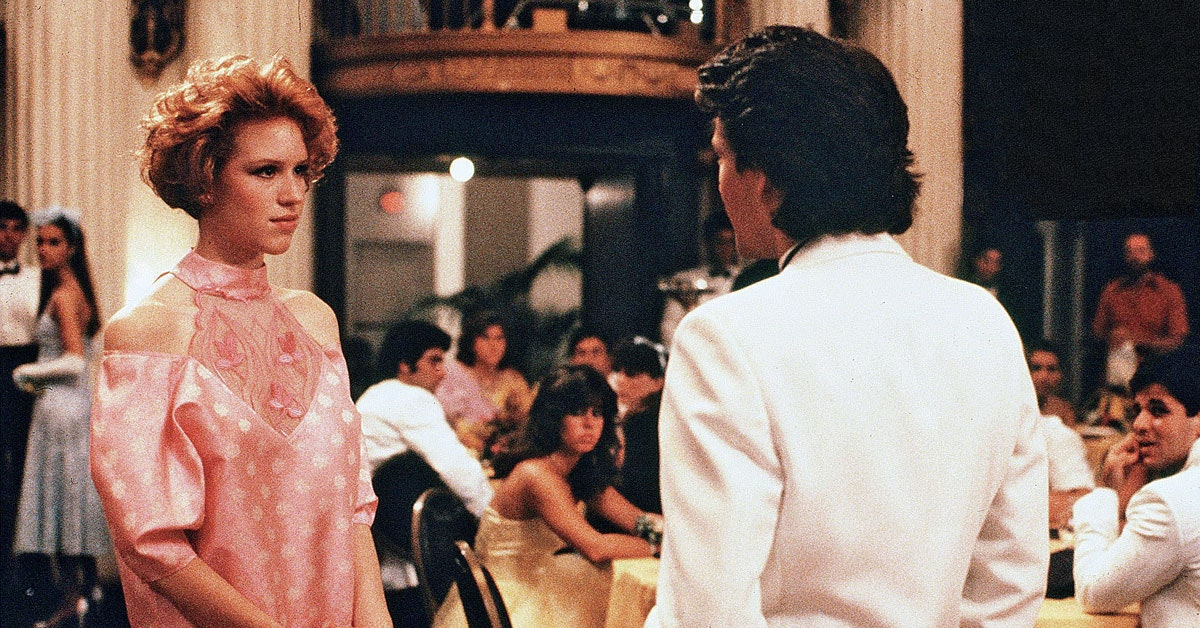
As previously mentioned, finding the perfect dress is essential and Andie and Carrie are forced to be crafty. With both girls being ostracized for their behavior and appearances, their attempts at blending in are due to the expectations of “glowing up” with money and social status.
The consumerism behind the ongoing “glow up” trend along with the various items targeted for teen girls to buy for Prom continues the excess extravagance associated with Prom. The average family spends $90011Barshai, R. The History of Prom in America. The Science Survey. 2022, July 21.12 on their child attending Prom. America’s capitalist culture influences Prom films to uphold their extravagance and idolization of wealth so that the stereotypical looks of the wealthy retain their significance through the makeover trope.
The ‘Plus One’ Teen Romance
Asking your long-time crush to Prom is often a key plot point for Prom-related movies. With Prom being associated with the last time you may ever see your high school crush, teens feel pressured over bringing a date. “Promposals” further emphasize impressing a date with a punny and/or elaborate way of asking someone.
However, attending with friends has become increasingly acceptable. Additionally, bringing a same-sex date was also uncommon until recently. Still, some schools like Janizia’s in Alabama ban inviting a same-sex date because it deviates from antiquated social norms of heterosexual couples.
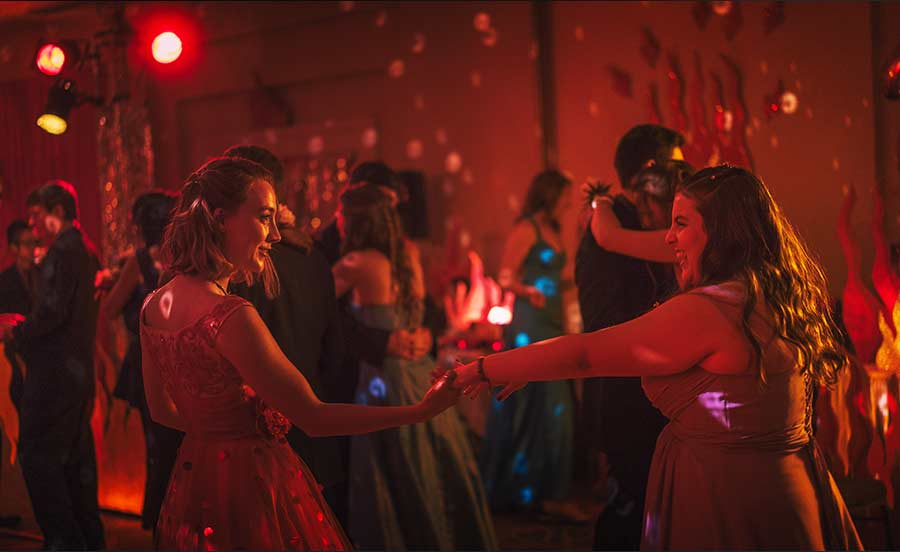
While bringing a partner is a pressure placed on characters in media, the concept and significance of losing your virginity is not as common. Many films set the expectation that Prom is an ideal time to lose your virginity before college or what American films consider adulthood. This overall societal pressure has also led to an entire subgenre of teen movies such as American Pie with premises on losing their virginity before they graduate.
Modern films like Blockers (2018; Cannon, Kay) attempt to modernize this trope, however less and less media focuses on this concept. Instead, an emphasis on friendship in many teen films such as Lady Bird (2017; Gerwig, Greta) diverts against this traditional perspective; like when Christine ditches Kyle and his friends to spend Prom with her best friends.
Prom King & Prom Queen
Another subplot in many teen movies is the concept of Prom King and Queen, emphasizing the popularity of whoever is voted King/Queen, usually a couple. In the past, the individuals voted Prom King and Queen won based off who would most likely succeed as an adult. It was also a way of emulating the upper class who were conventionally attractive white leaders. Therefore, it was a status that would further social mobility.13Barshai, R. The History of Prom in America. The Science Survey. 2022, July 21.14
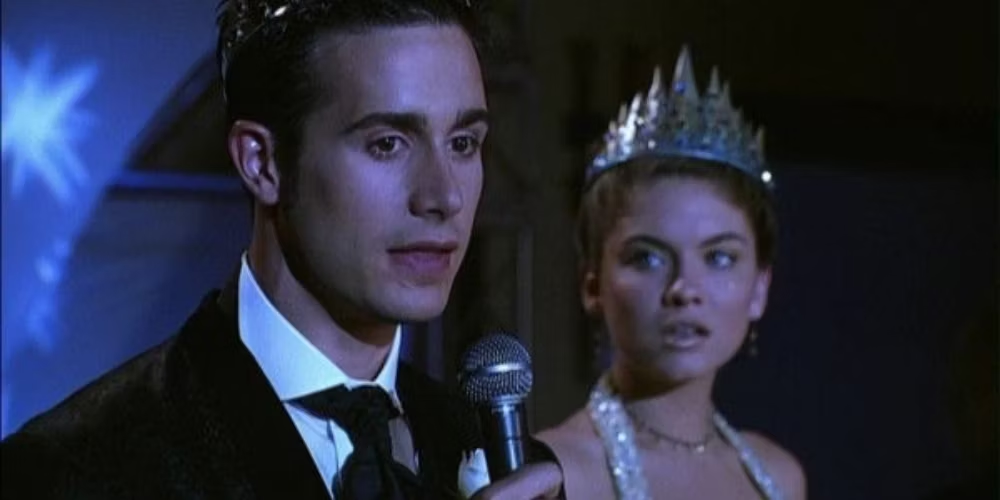
Individuals who did not fit into the gender binary or who were not heterosexual would not be accepted in the Prom space in media and (just like in reality) were targeted. This would be a mirror to the fact that in reality, many LGBTQ+ students have felt left out of Prom. As a result, many LGBTQ+ Proms for adults or teens have been hosted by communities and local organizations. Until recently, many schools no longer hold a Prom King or Queen election — or instead have made it more gender inclusive.
Prom — ‘Evolving Traditions’
The antiquated history of Prom and its ideals that mimic the upper class and normalize consumerism in a capitalist society, all work to standardize a teen’s final year of high school with America’s simulacra of what high schools should be like.
By recognizing the issues with how we depict Prom and Prom’s impact on teenagers and their high school experience, we can create a more inclusive and realistic reflection of youth that embraces diverse experiences. Since media surrounding Prom will always be a staple for coming-of-age films, creators of such films should be more conscientious of the ideals and values represented for younger and future generations.
Footnotes
- 1Barshai, R. The History of Prom in America. The Science Survey. 2022, July 21.
- 2Maddeaux, S. While teens might think they’re fighting tradition and consumerism, today’s proms are as conforming and expensive as ever. National Post.
- 3
- 4Chen, C. Prom: How a High School Ritual Brought Youth Closer to Adulthood, 1890-1970. UC Berkeley. 2012.
- 5
- 6
- 7
- 82018, May 11.
- 9
- 10Mark S. Waters, director. Mean Girls. Paramount Pictures, 2004.
- 11
- 12
- 13
- 14
